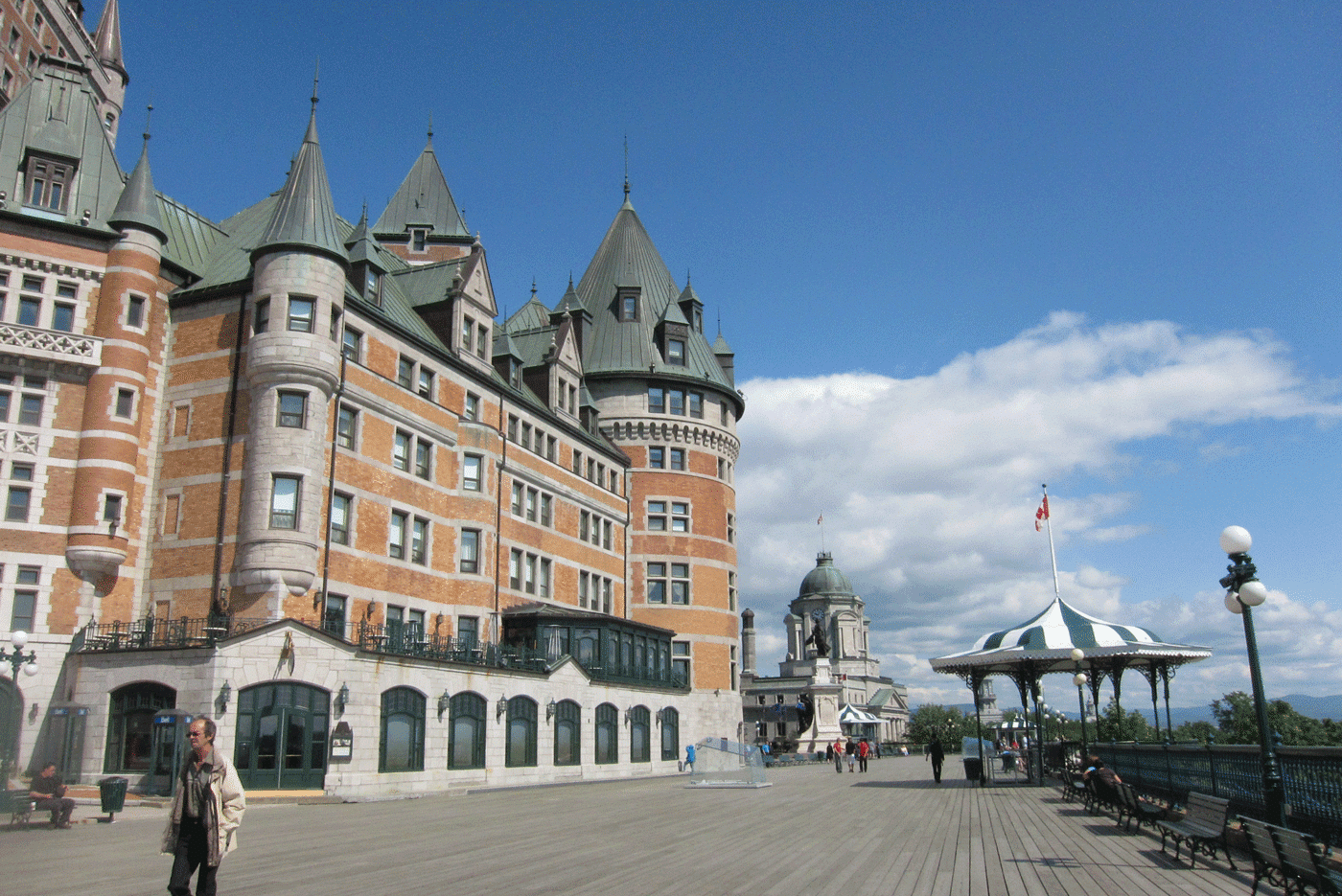At first glance on a visit to Quebec City most eyes spy a towering cliff, Cap Diamant (the promontory overlooking the St-Lawrence River on which the town sits) and the very top of it where history sits. Enter the Fairmont Le Chateau Frontenac, an icon, a landmark, a beacon on the bluff. This is the city’s undisputed grand dame whose recent seventy-five-million-dollar renovation turned more than a few heads in the travel world.
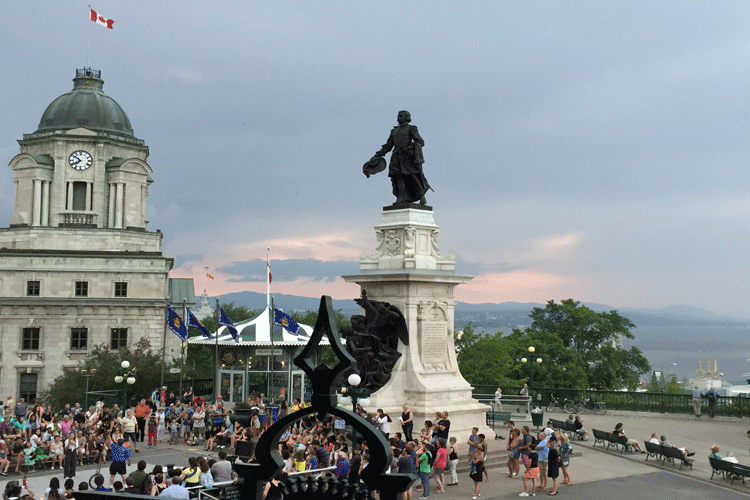
Known for an ageless charm, this back-in-the-day style hotel opened its doors in 1893 on the site of governors’ residences and is named for the flamboyant French governor, Count of Frontenac; its history is impressive. It is exactly that past and its amenities through-the-years that have attracted notables such as George VI and Queen Elizabeth, Princess Grace of Monaco, Charles Lindberg, Alfred Hitchcock and Paul McCartney. Perhaps its greatest contribution to yesteryear, however, is that it was the setting for the World War II conference at which D-Day was planned.
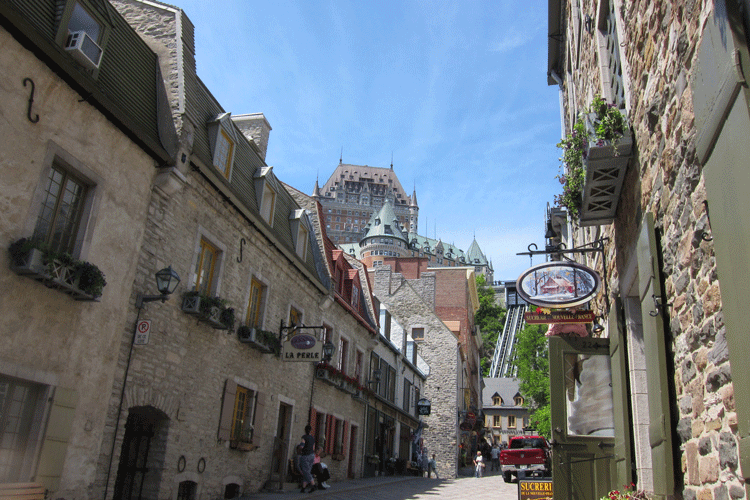
Having not had a refurbishment since its centennial, an intense re-do was in order for Quebec City’s beloved castle. Logistically, over its 125 years, it had expanded to 611 rooms, multiple turrets and an 18-story tower. Among the resulting changes are the renovation and redecoration of guestrooms (three-fifths of them practically rebuilt from scratch), almost 10 miles of corridors (many of them showcases for artifacts discovered during the decade-ago excavation of Fort St-Louis), restaurants (all maximizing the river view, including two new ones and the transformation of four kitchens), the lobby, reception rooms and conference space. Today’s Chateau Frontenac is defined by LED lighting, high technology, marble and polished wood enhancements, a more contemporary style and a color palette transitioned from burgundy to an icy blue (replicating the hue of ice floes along the St-Lawrence).
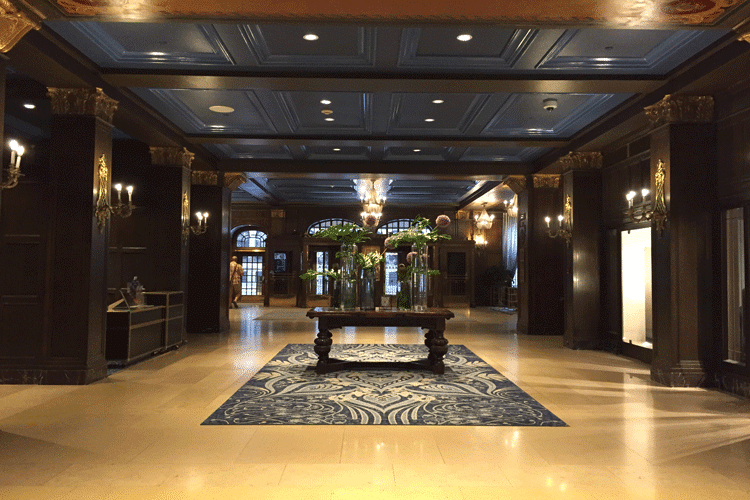
Host to 300,000 annual guests and serving 3,000 daily meals, Chateau Frontenac’s restaurant landscape is significant. Here’s a peek into its offerings, circa 2018. New to the scene is 1608, an informal wine and cheese bar serving up a wide selection of vino and hundreds of regional cheeses. Another recent addition is Le Sam, a relaxed bistro named for the city’s founder, Samuel de Champlain, and popular for its “trendy happy hour and innovative mixology.” Champlain Restaurant remains the premiere choice and now features fresh-from-the-land regional creations of one of the province’s most sought-after chefs, Stephane Modat, a three-Michelin star designee. Under Chef Modat, Champlain is known for such food selections as red deer tartar from St-Jean de Brebeuf and scallops from the St-Lawrence Gulf. And as in the past, Place Dufferin’s food and setting adjacent to Dufferin Terrace – the city’s popular and picturesque walkway – continues to draw crowds.
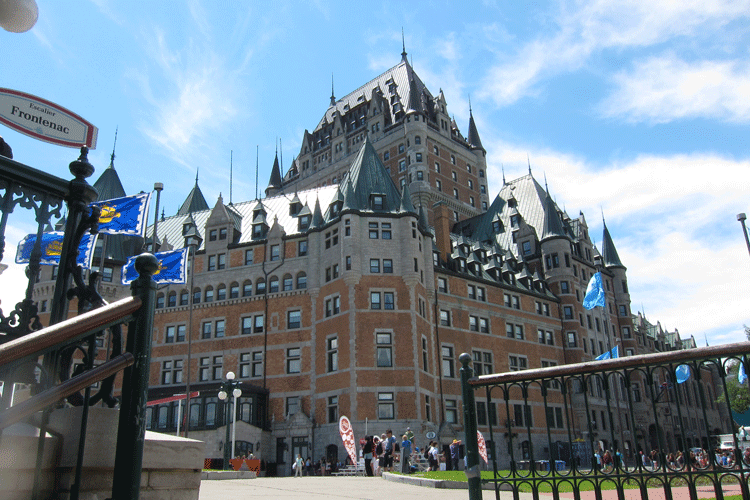
However, prime people watching is best found at Starbucks on the terrace level where a front row seat to street theater routinely performed at the base of Champlain monument can be had for the price of a latte. But be forewarned that as the world’s most photographed hotel, it’s possible you may unknowingly photobomb images taken by around-the-globe travelers equally enamored with the Fairmont Le Chateau Frontenac.
[alert type=white]Fairmont Le Chateau Frontenac
1 Rue des Carrières
Quebec City, Quebec
Canada G1R 4P5
418-692-3861
www.fairmont.com/frontenac-quebec/ [/alert]

